According to Ms. Toan, since she was a young girl, her mother has guided her meticulously through every step: from plucking fine hairs with “mu chan”, a special type of tweezers, to brushing hot beeswax with a comb made from porcupine hair, and tying her hair into neat round buns.
"A girl who doesn't know how to paint her hair and wear a turban is not grown up yet," she smiled gently, her eyes full of nostalgia.



The process of painting the head requires meticulousness, patience and deep understanding. The hair is cleaned around the forehead with a blind. Then, a comb dipped in wax is used and evenly brushed onto each strand of hair. The hair must be dried directly over a flame so that the wax does not dry out and remains flexible when styled. Each small strand is tightly twisted, rolled from the top of the head and then neatly tied into a bun. Finally, a traditional scarf is covered on top, completing the painted hair.
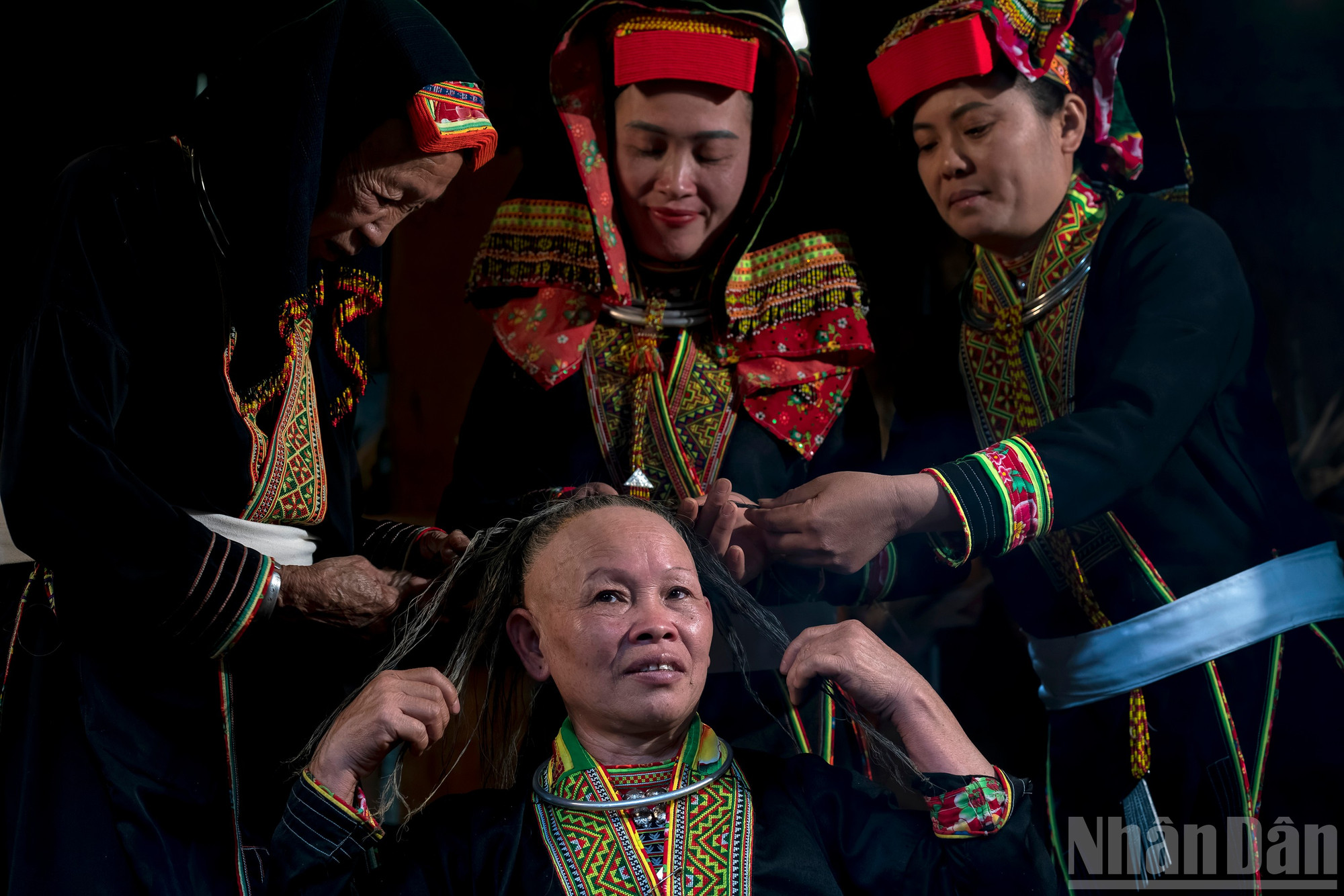
Nowadays, the custom of painting hair is not as popular as before. According to Ms. Toan, only on special occasions such as festivals and Tet do people practice this custom. Few people in the younger generation know how to comb their hair with beeswax, partly because of lack of time and partly because there is no one to teach them. “Nowadays, if you want to do your hair, you have to invite others, it is very difficult to do it alone. I learned it thanks to my mother’s teaching, then I did it myself and remembered it,” she confided.
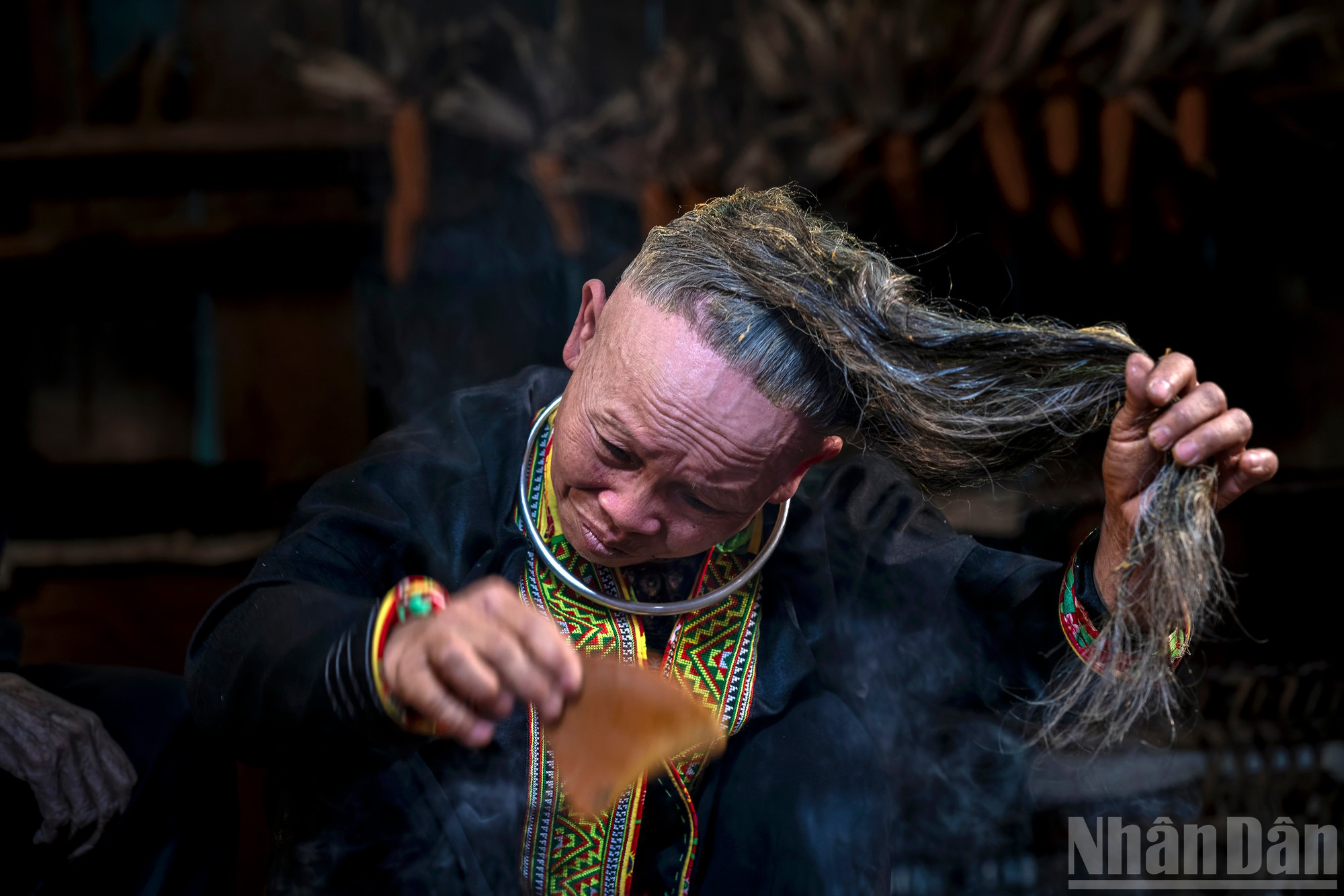
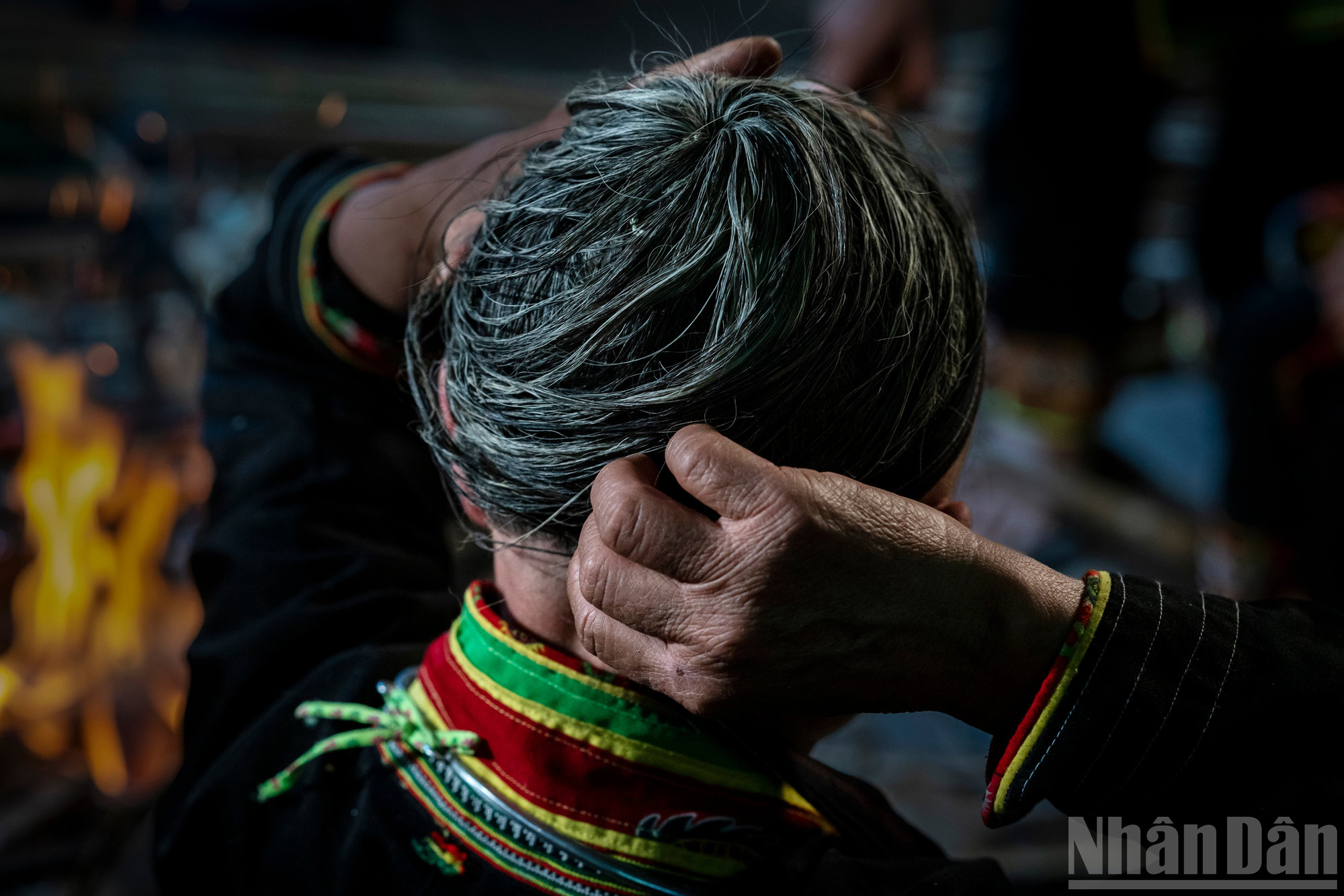
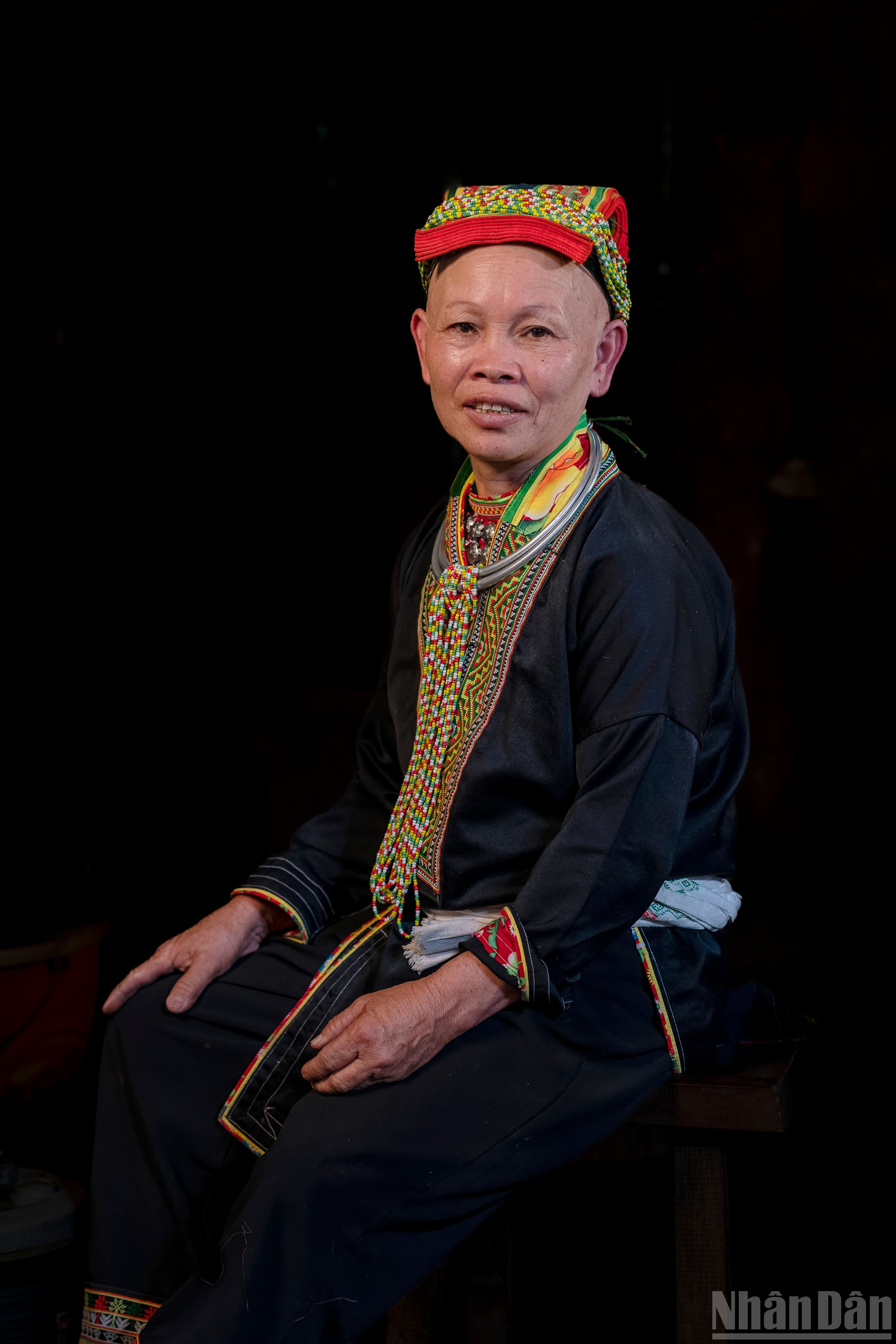
Painted hair is no longer a measure of maturity as it used to be, but through the diligent hands of women like Mrs. Toan, the old traditions are still cherished and preserved, from the small kitchen in the middle of Mau Son forest to the memories of the village.
Source: https://nhandan.vn/anh-giu-nep-song-dao-qua-mai-toc-son-post884443.html
















![[Photo] President Luong Cuong works with Hung Yen and Thai Binh Provincial Party Committees on implementing Resolution of the 11th Central Conference, 13th tenure](https://vphoto.vietnam.vn/thumb/402x226/vietnam/resource/IMAGE/2025/6/6/127b735d2761484d81dcee0d7725a25b)
![[Photo] General Secretary To Lam receives Korean Ambassador to Vietnam](https://vphoto.vietnam.vn/thumb/402x226/vietnam/resource/IMAGE/2025/6/6/a0765b7543784cbcbfe4755b67d43ab4)










![[Photo] General Secretary To Lam receives Korean Ambassador to Vietnam](https://vphoto.vietnam.vn/thumb/1200x675/vietnam/resource/IMAGE/2025/6/6/a0765b7543784cbcbfe4755b67d43ab4)


![[Photo] President Luong Cuong works with Hung Yen and Thai Binh Provincial Party Committees on implementing Resolution of the 11th Central Conference, 13th tenure](https://vphoto.vietnam.vn/thumb/1200x675/vietnam/resource/IMAGE/2025/6/6/127b735d2761484d81dcee0d7725a25b)



























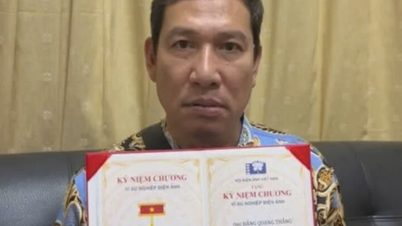




















![[PHOTO] Ethnic minorities in the Bat Xat highlands preserve their weaving craft](https://vphoto.vietnam.vn/thumb/402x226/vietnam/resource/IMAGE/2025/6/6/d577f1c801474f05a422cc26de424bed)








![[OCOP REVIEW] Tu Duyen Syrup - The essence of herbs from the mountains and forests of Nhu Thanh](https://vphoto.vietnam.vn/thumb/402x226/vietnam/resource/IMAGE/2025/6/5/58ca32fce4ec44039e444fbfae7e75ec)





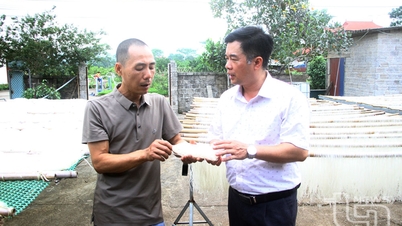




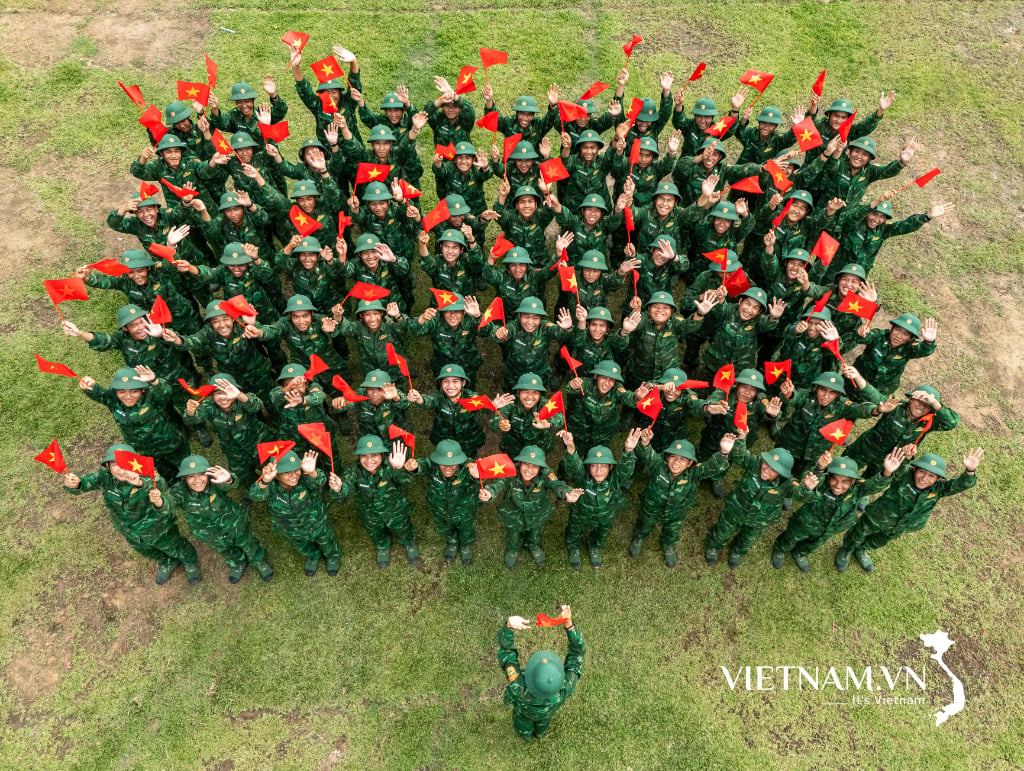
Comment (0)